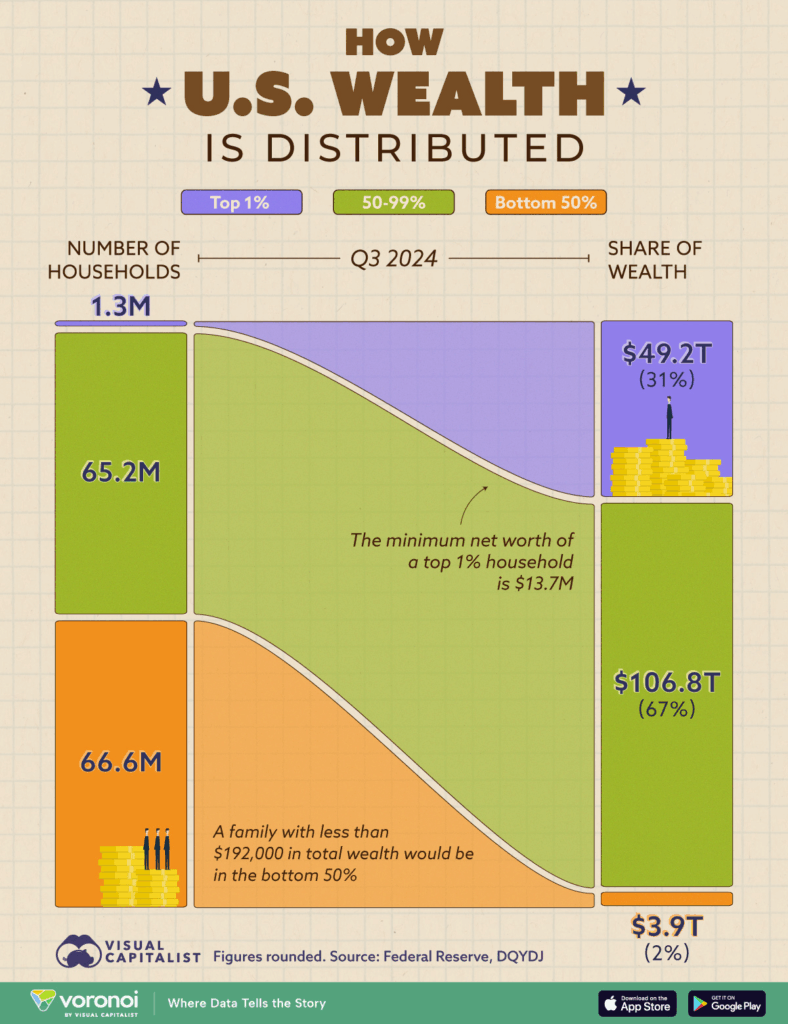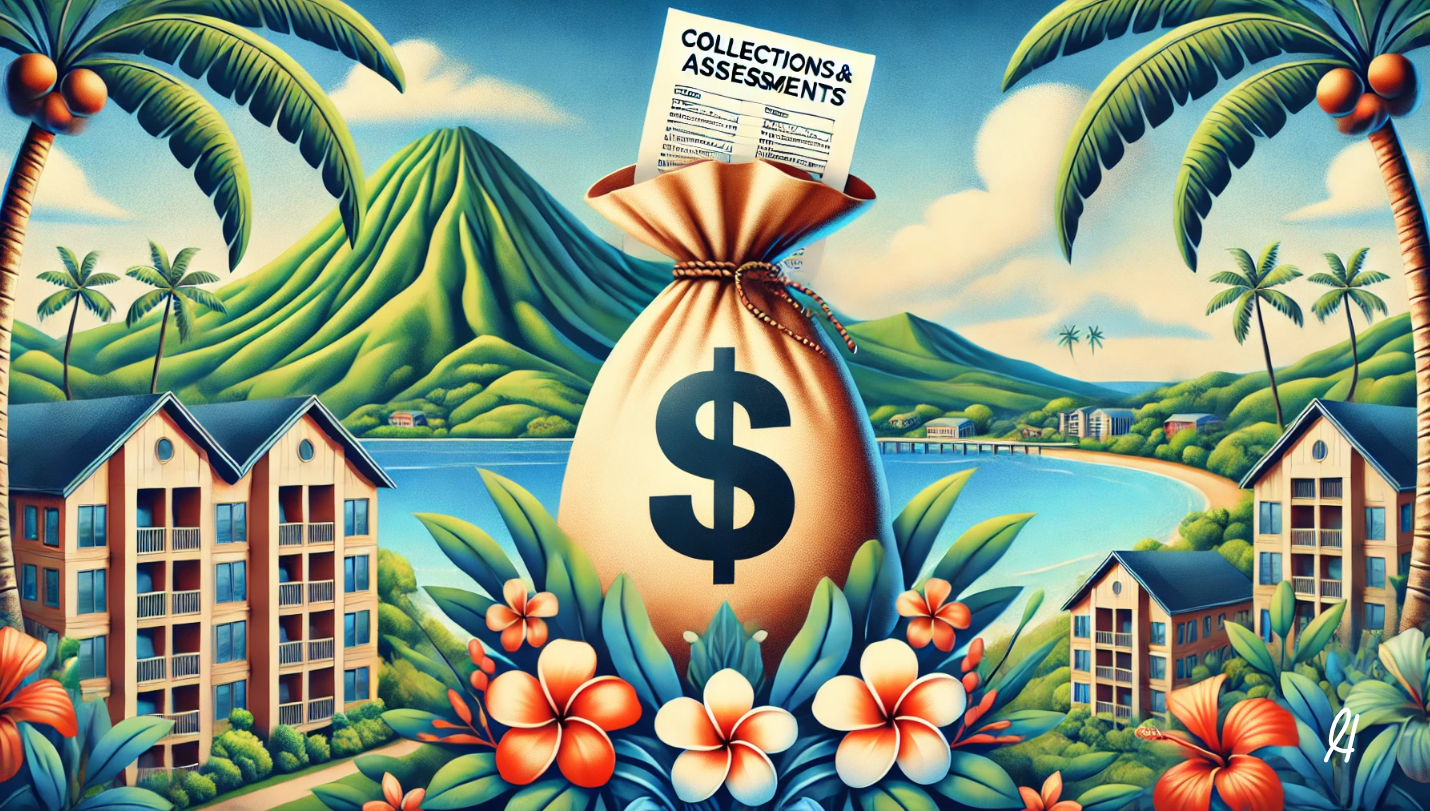Uniting for Real Change
By Jessica Herzog | April 16, 2025
There was a time when I found myself consumed by anger—anger at injustices, systemic failures, and pervasive inequalities. But I realized that harboring hate only perpetuates the very cycles we’re striving to break.
Through introspection and my background in behavior analysis, I came to understand that change begins within. Just as behaviors can be modified in animals and humans alike, so too can societal patterns.
Our nation stands at a crossroads. The top 1% of income earners make at least $430,000 annually, while the median household income hovers around $82,537. This stark disparity underscores the urgent need for systemic reform.
Wealth Distribution in America: A Cash Flow Crisis
This chart vividly illustrates the stark concentration of wealth in the United States. As of 2024, the top 1% of earners hold approximately 30.8% of the nation’s total wealth, while the bottom 50% possess a mere 2.8% . This significant imbalance highlights that the core issue is economic inequality—a disparity in cash flow and wealth accumulation—rather than the societal divisions often emphasized, such as race, gender, or orientation.Visual Capitalist
By focusing on the true economic disparities, we can better address the systemic issues that affect all Americans, regardless of background.

This chart is an ugly truth documenting how our country has devolved to covet the accumulation of wealth, replacing the pursuit of life’s true joys. But here’s the hopeful truth: History shows that when just 3.5% of a population engages in sustained, nonviolent protest, significant change becomes not just possible, but probable. To learn more about this, watch Erica Chenoweth’s Tedx
Mobilizing the 3.5%: Collective Efforts in Action
Several organizations are already laying the groundwork:
- Poor People’s Campaign: Advocating for over 140 million poor and low-income individuals, they’ve launched initiatives to mobilize 15 million voters. (1)
- Move to Amend: With over 522,000 petition signers, they’re pushing for a constitutional amendment to end corporate personhood and declare that money is not speech.
- When We All Vote: Founded by Michelle Obama, this initiative has registered over 5 million voters, aiming to increase participation in every election.
- Women’s March / Future Coalition: The 2017 Women’s March mobilized between 3.3 and 4.6 million participants across the U.S., marking it as one of the largest single-day protests in American history.
- Equal Citizens: Founded by Harvard Law Professor Lawrence Lessig, this organization advocates for equal representation, campaign finance reform, and voting rights protections.
Collectively, these organizations have engaged well over the 3.5% threshold of the U.S. population, equating to approximately 11.9 million individuals.
A Unified Path Forward
To harness this momentum:
- Collaborate: Encourage partnerships among these organizations and others to amplify their collective impact.
- Educate: Promote civic education to empower individuals with the knowledge to effect change.
- Engage: Foster inclusive dialogues that bridge divides and build mutual understanding.
Your Role in the Movement
Change isn’t solely the responsibility of organizations; it’s a collective endeavor. Here’s how you can contribute:
- Share: Disseminate this message to raise awareness.
- Act: Participate in local initiatives and volunteer opportunities.
- Reflect: Assess personal biases and strive for empathy and understanding.
By embracing tolerance, promoting equity, and uniting our efforts, we can reshape our society into one that truly reflects the values of justice and freedom for all.
Know before you go!
Safety Guide by Across Frontlines. This resource offers detailed advice on preparing for protests, staying safe during demonstrations, and ensuring well-being afterward.
Key Highlights from the Guide:
- Pre-Protest Preparation:
- Assess Risks: Identify potential threats and plan accordingly.
- Buddy System: Always attend protests with a partner or group.
- Digital Security: Disable facial recognition or fingerprint unlocking on your devices.
- During the Protest:
- Situational Awareness: Be mindful of your surroundings and identify exits.
- De-escalation Techniques: Stay calm and help others remain composed.
- Documentation: Record incidents responsibly, focusing on actions rather than individuals’ identities.
- Post-Protest Care:
- Emotional Check-ins: Reflect on the experience and support fellow protesters.
- Digital Hygiene: Review and manage any digital footprints or shared media.
This guide emphasizes the importance of community care and mutual support, aligning well with your advocacy for unity and collective action.
For additional resources, consider exploring:
Digital Defense Fund’s Protest Safety Tips
Human Rights Campaign’s Tips for Peaceful Protesting











